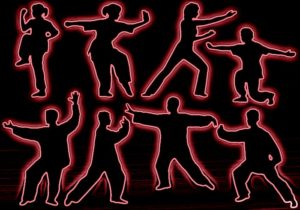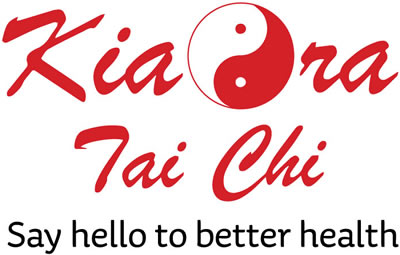Free tai chi classes, Feb 2017
 Please note: This is a post from February 2017.
Please note: This is a post from February 2017.
Free tai chi lessons: Monday 13 and Wednesday 15 February 2017, 6.30pm, in Manurewa.
Do you want to get fitter and healthier? Do you feel stressed or have trouble sleeping? If boot camps are not for you or you want to wave good-bye to the gym then say hello to Kia Ora Tai Chi.
Come along for FREE 45-minute tai chi lessons on Monday 13th and Wednesday 15th February at 6.30pm, with Jocelyn Watkin, a qualified tai chi instructor, who has been practising tai chi for 14 years. Adults and high school students are all welcome.
What to wear: Please wear loose comfortable clothing and flat-soled shoes (such as sneakers, trainers or tennis shoes). Please also bring a drinking bottle of water.
What to expect: The class will begin with a sequence of easy, flowing exercises which are low impact and gentle on your joints. Jocelyn and some of her students will then demonstrate the tai chi form so you can see what it looks like. After that, you can have a go for yourself and learn the first few steps. In just one class, you’ll be doing tai chi. Join a friendly bunch of people at a great venue, which has lots of free parking.
Longer term, tai chi can help you to improve your fitness, health and balance, reduce stress and lower blood pressure. It is an ancient, Chinese martial art that involves a series of movements performed in a slow, focussed manner and accompanied by deep breathing. Tai chi is suitable for all ages and fitness levels. If you are unable to stand for very long, Jocelyn is also qualified to teach seated tai chi, which you can do alongside the rest of the class.
Dates/times/pricing: Mondays and Wednesdays in Manurewa. After the free lessons, a beginners’ class will start on Monday 20th and Wednesday 22nd February 2017 from 6.30 – 7.15pm. Lessons from $9.50 per class. To RSVP, contact Jocelyn: 027 493 9851 or use the Contact Form to get in touch.
For more information:
- About tai chi
- About the instructor, Jocelyn Watkin
- On the health benefits of tai chi
- About the classes
- You are welcome to use the Contact Form

 In the beginning, there was a supreme nothingness and then there was tai chi (supreme everything).
In the beginning, there was a supreme nothingness and then there was tai chi (supreme everything).